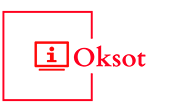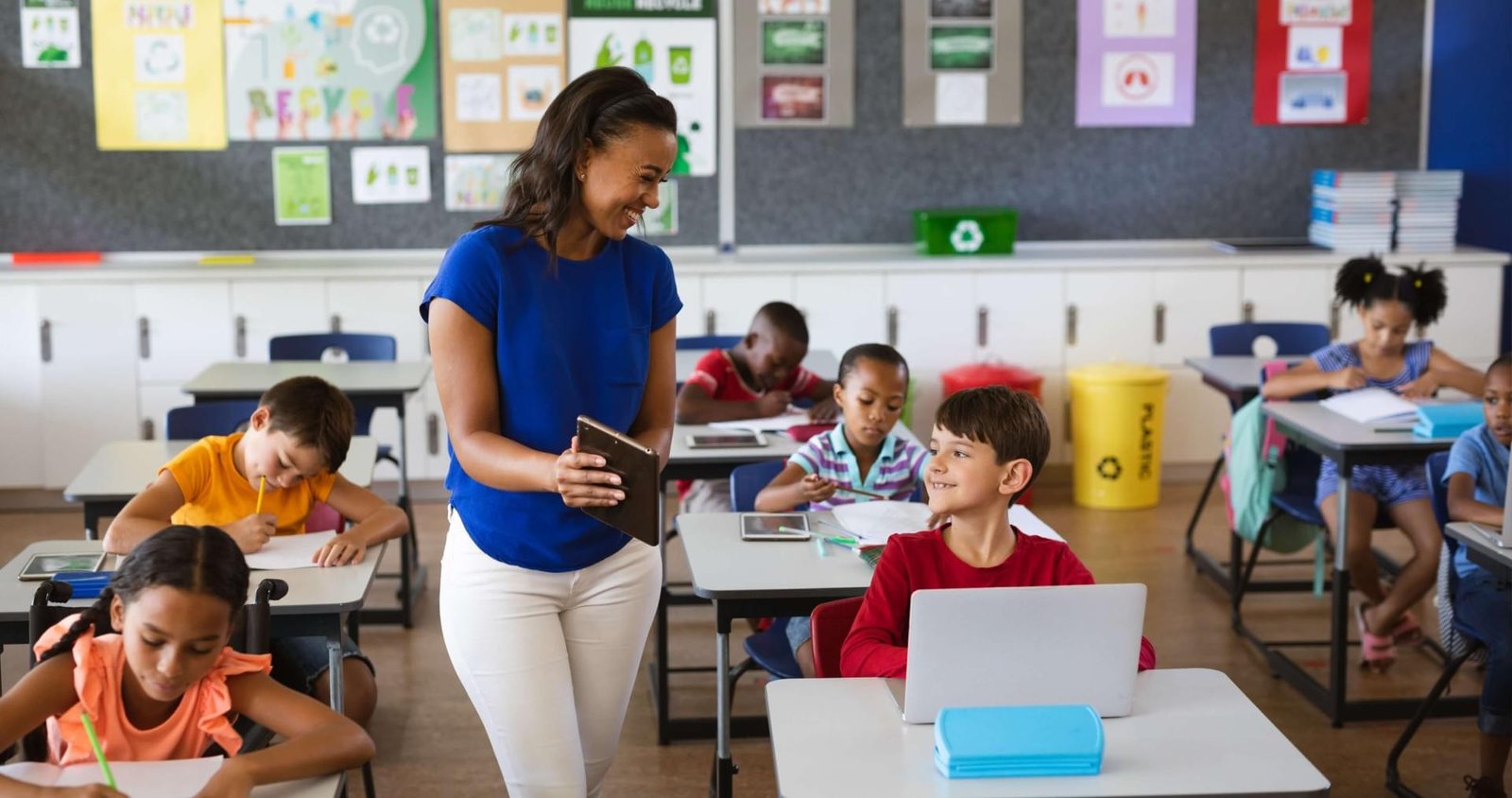Learning resources are tools that teachers can use as part of their professional development to perform some area of their job more effectively (either pre-service or in-service). This is crucial since it has been stated that the efficacy of a school system is most strongly influenced by the caliber of its teachers (Barber and Mourshed, 2007). Teachers are more likely to be able to effectively apply their experiences in the classroom if they have control over the process, that is, if they participate in and contribute to the design (Schieb and Karabenick, 2011).
Institution-specific resources include materials on inclusion or behavior policies at schools, guidelines for evaluating students, and information for new teachers. There are of course online resources that all teachers can access, including articles about teaching and education, teacher websites like TeachingEnglish and Edutopia, and social media groups about teaching. Some institutions have a library or a section of the staffroom where teachers can use books or journals about teacher development.
Furthermore significant learning resources are people. For new teachers or instructors looking to specialize in a different subject area, experienced or specialized teachers—which may include you!—may be a valuable source of knowledge. Communities of practice, like local or national groups, can also offer possibilities for professional networking. If teachers engage in a process of reflective teaching, solicit student feedback, and engage in assessment for learning, using student input to guide teaching, students are also a fantastic resource for learning.
How may these resources be used by teacher educators?
You can be asked to suggest useful materials to teachers or teacher education providers since you are a recognized expert in your field (e.g. a school director or university department coordinator). You must be aware of the following in order to provide recommendations that are useful:
- the profile of the teacher (including who, what and where they teach, their experience and educational background)
- the need for learning (what do they want to improve and why)
- the anticipated result (e.g. learning a new technique, behavior change).
Learning resources can be utilized by teachers and teacher educators to co-construct information as part of continuing professional development in addition to being sources of knowledge for instructors. For instance, during classroom observation and mentorship, observation sheets, feedback forms, and action plans can be employed.
Training can also be built upon learning resources. You might design a workshop using strategies you learned from a teaching website or utilize a training program to improve other teacher educators’ abilities to observe and provide feedback.
Selection standards
You can be creating new resources or using teacher resources that are already available in your institution or online. If the resources are already available, the method teacher educators use to choose teacher learning resources can be compared to the method teachers use to choose materials for a class, making educated decisions regarding whether to:
- make use of the resource as is
- To the instructional context of the instructors you collaborate with, modify it.
- Change it out for something more in line with your learning objective.
Whether you require materials to suggest to teachers, to utilize in a workshop or training course, or as part of the mentoring or observation process, you may want to think about the following questions as part of this decision-making process:
Readership and relevance
- Who is the content’s target audience?
- Is it suitable for the educational setting I wish to utilize it in? (For instance, subject teachers, experienced or inexperienced teachers, teachers with or without access to ICT in their schools or classrooms, etc.)
- Is it consistent with the professional expectations I have for the teachers I work with (and the evaluation scheme for those expectations)?
- Is it acceptable in your culture?
- Is the information simple to read and comprehend?
- Will it interest educators?
For online sources:
- Does it demand disclosing private information? If so, is this risk-free and suitable for my students?
Educative emphasis
- What do I and the educators I work with hope to accomplish? How will this aid in my/their achievement of it?
- Will it accommodate educators with various learning preferences?
- Does the material differ in any way? If not, is it possible to cater to teachers?
- Is it appropriate for teachers who may have SEN or a known special learning disability?
For online sources:
- What interactive elements are offered, and what do they serve to teach?
Simple to use/prepare
- Is it cost-free? If not, who will cover the costs?
- Is it simple to use for instructors and me as a teacher educator?
- How much time will it take to get ready? If it takes a while, may I or the teachers use it again? For online sources:
- Does pre-registration need to be done in order for teachers to access it easily?
- Does it need to be connected to the internet?
- Exists a helpful assistance section?
- Is the loading time quick?
- What is my backup plan if I use this in a workshop or training session and something goes wrong?
- Can I keep track of a teacher’s use of this resource or their development?
Accuracy and legitimacy
- Is the information accurate and current?
- What source does the content come from?
- Who is the author? Are they competent to offer advice on this subject?
- Is the information skewed?
For online sources:
- Is there any advertising on it? Does this affect the information?
See pages 50–79 of this pdf for examples of specialized checklists for the critical assessment of print, audiovisual, and digital resources. They are related to student learning resources, but many of the same standards also apply to teachers.
How to set up teaching materials for instructors
It is a good idea to have a strategy for organizing and accessing teacher learning resources once you begin using them. You might use a file system, put workshop activities in envelopes or folders, and preserve hard copies of documents for photocopying for offline resources. They might be kept in a section of learning resources that teachers can also access.
If your school has a computer system, you can store online content there. Alternatively, you can use a laptop or smartphone with an online bookmarking app like Pinterest, Padlet, Google Keep, or One Note. This is an excellent approach to suggest to teachers how to arrange the educational materials they find online. Pinterest has a vibrant teaching community that can serve as a great source of ideas when looking for educational materials online.
You will quickly discover that you have a valuable, pertinent, and easily accessible set of materials for teacher learning and professional development if you and the teachers you work with collaborate in updating and maintaining your files, folders, and books, regardless of the system you use.




